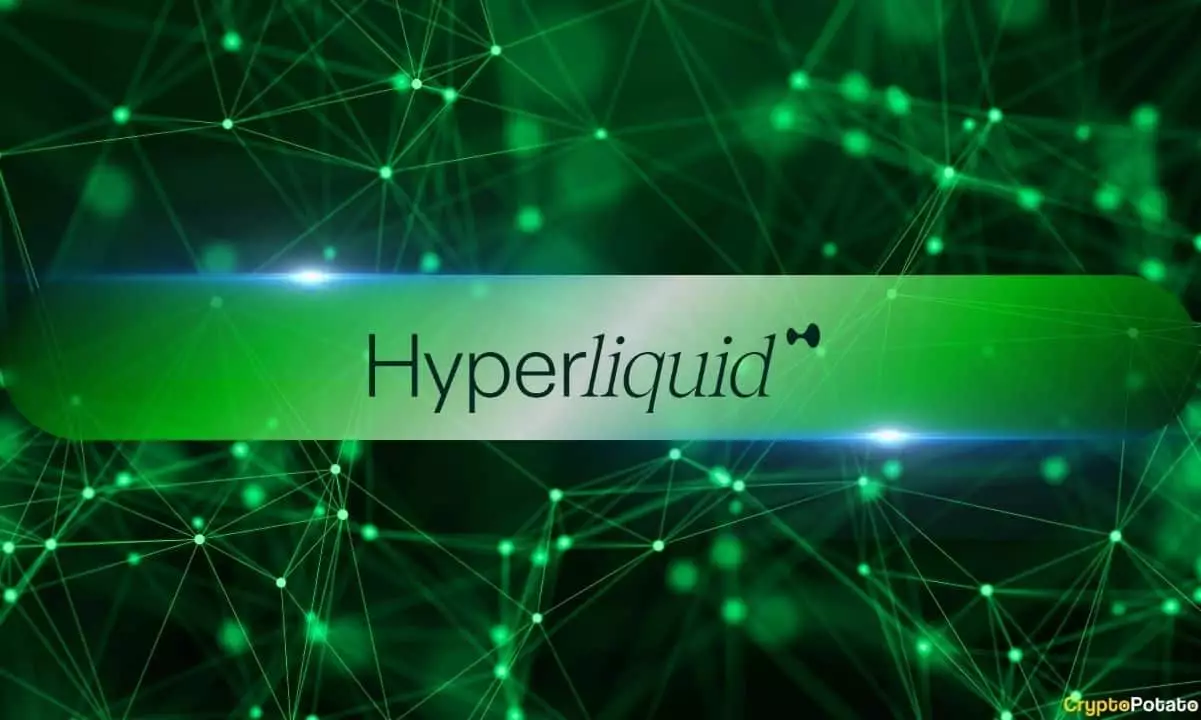The Hyper Foundation has made a pivotal move with the introduction of HyperEVM, significantly enhancing the capabilities of its decentralized finance (DeFi) protocol, Hyperliquid. This launch marks the beginning of a more programmatic financial landscape within the Hyperliquid ecosystem, allowing developers to integrate customizable applications and financial instruments beyond the initial offerings. By constructing HyperEVM on Layer 1 execution, the platform combines both high security and programmability, fostering an innovative environment for users and developers alike.
Innovative Features and Security Assurances
One of the most notable aspects of the mainnet release is the utilization of the HyperBFT consensus mechanism, lending robust security to was the HyperEVM blocks. This foundational stability is critical for DeFi users who often prioritize trustworthy environments for conducting their financial transactions. The inclusion of a spot transfer capability between native spot HYPE and HyperEVM HYPE facilitates seamless operations, with HYPE functioning as the primary gas token. Additionally, the introduction of a canonical WHYPE system contract provides a solid framework for various DeFi applications, making the ecosystem more efficient and interconnected.
Despite promising advancements, the Hyper Foundation has candidly acknowledged that the initial tooling and analytics may not meet the polished standards typically expected in the DeFi space. However, they are actively improving these areas, assuring users that seasoned developers are on board to elevate the user experience. HyperEVM’s architecture, which streams block data live to S3, simplifies the workload for developers by eliminating the need to run a node for data indexing. This innovative approach significantly lowers the entry barrier for developers keen to participate in the Hyperliquid ecosystem.
The community plays an integral role in shaping the development of HyperEVM features, particularly during the testing phase. Users are encouraged to provide feedback, which will guide future enhancements. Developers can eagerly anticipate upcoming network upgrades that will enable ERC20 native transfers and precompiles, improving interoperability and user functionality. This iterative approach emphasizes the foundation’s commitment to continuous development while safeguarding the experience of existing Layer 1 users.
Token Economy and Community Engagement
The recent airdrop of 310 million HYPE tokens, which constitutes 31% of the total supply, significantly bolstered community engagement and interest. The value of HYPE skyrocketed from around $3.90 to approximately $26, reflecting a growing belief in the platform’s potential. Moreover, Hyperliquid’s native staking feature allows token holders to earn rewards by selecting validators according to specified criteria, promoting a level of participation that is increasingly vital in decentralized ecosystems. The presence of 16 validators at launch strengthens the network while ensuring that users can make informed choices.
As reported, Hyperliquid has demonstrated impressive growth, with $51.41 million in revenue for January and a total value locked (TVL) exceeding $677 million. These metrics indicate a vibrant ecosystem that is beginning to attract significant attention in the DeFi landscape. As HyperEVM continues to evolve, users and developers alike can look forward to increased opportunities for innovation within Hyperliquid, ensuring that the platform not only meets the needs of its current audience but also scales to accommodate future demands.















